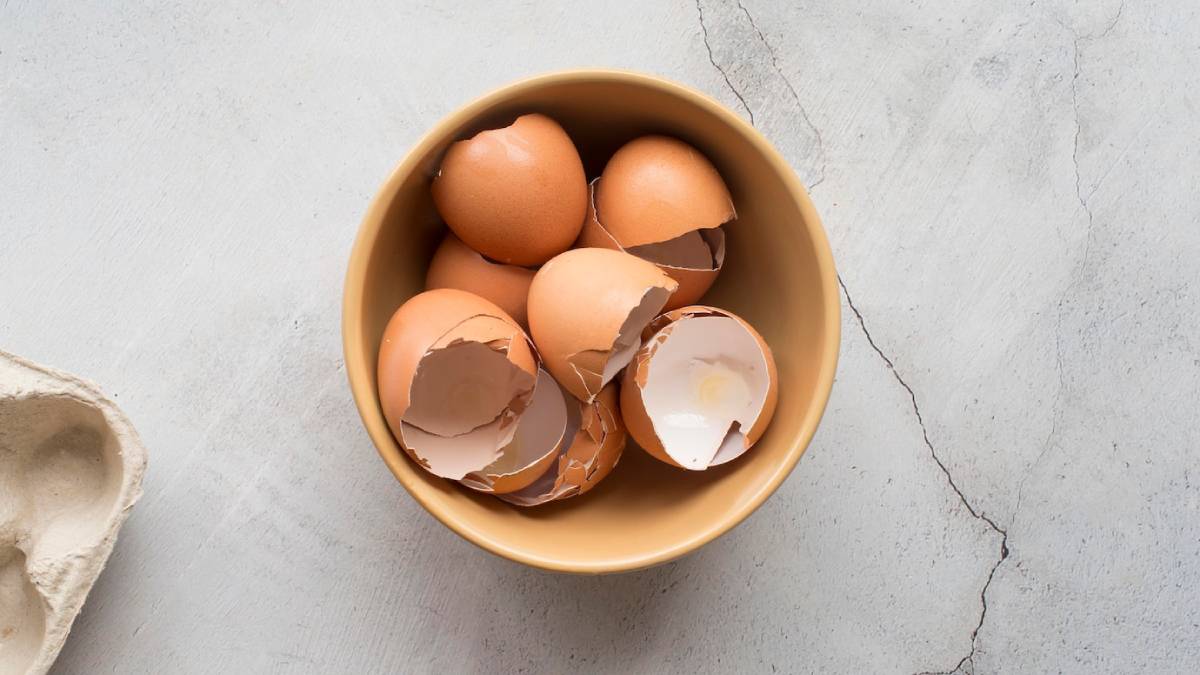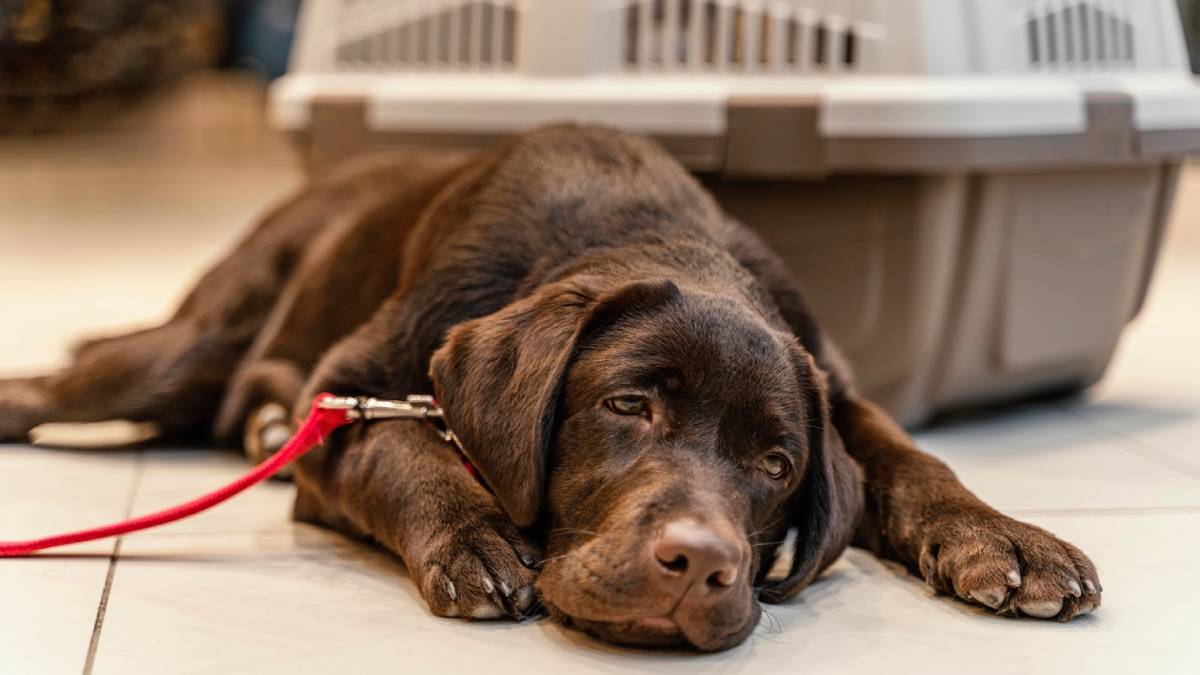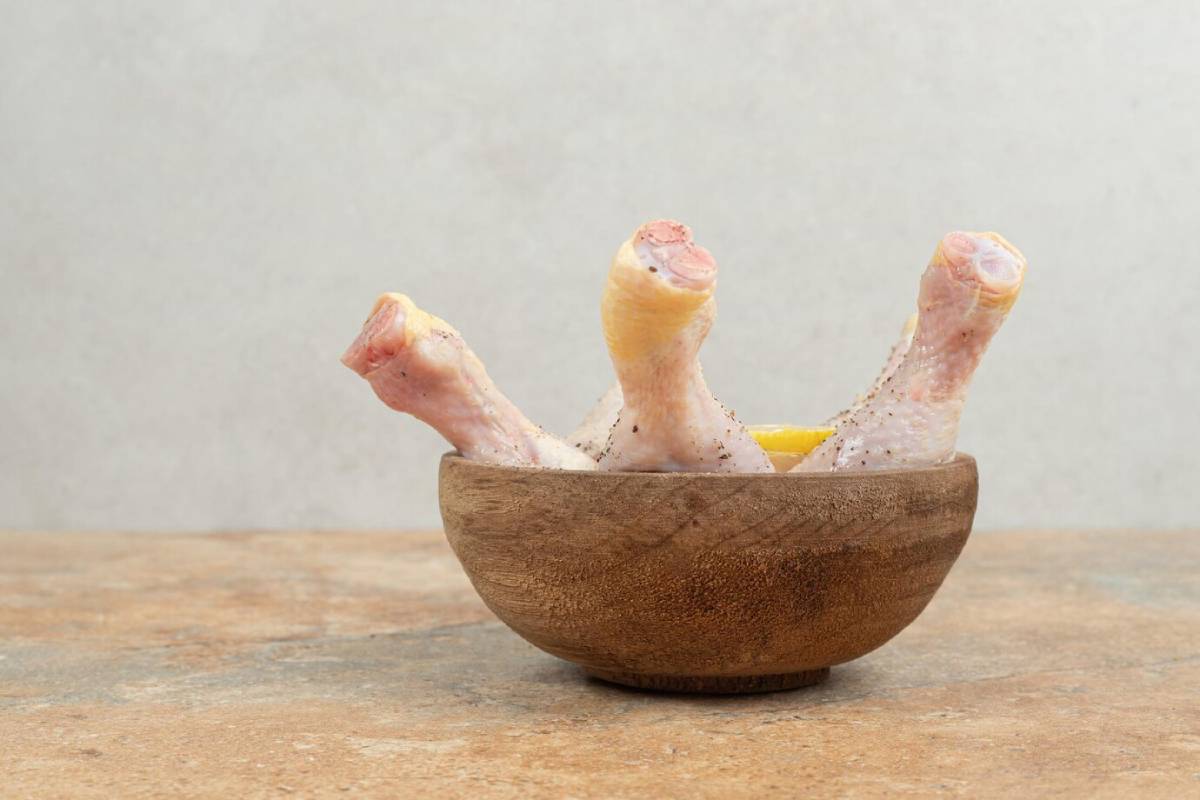
Raw Feeding on a Budget: Cost-Effective Tips
If you’ve ever looked into raw feeding for your dog, you might’ve noticed something alarming—it can get pricey. Premium cuts, supplements, and pre-made raw meals quickly add up. But here’s the good news: raw feeding doesn’t have to break the bank.
Whether you’re a first-time raw feeder or a seasoned pet parent tightening the purse strings, there are smart, affordable ways to nourish your pup with high-quality raw meals. This post is packed with practical advice to help you build a budget BARF diet (Biologically Appropriate Raw Food) that supports your dog’s health without sacrificing your savings.
You’ll learn:
- How to source cheap raw feeding ingredients
- What to prioritise nutritionally
- Budget-friendly meal prepping techniques
- Common mistakes that cost more in the long run
Let’s dive in and debunk the myth that raw feeding is only for those with deep pockets.
Why Raw Feeding Can Be Expensive (and What Drives the Cost)
Understanding Where Your Money Goes
A proper raw diet includes a balance of meat, organs, bones, and optional supplements, mimicking what dogs would eat in the wild. But when you’re shopping retail, it’s easy to end up with a hefty bill. Here’s why:
- Premium cuts like steak or fillets are unnecessarily costly
- Pre-packaged BARF meals offer convenience but mark-up prices
- Exotic proteins can be triple the price of standard meats
- Unbalanced feeding might require pricey vet visits down the line
But Here’s the Flip Side
When done right, raw feeding can be more affordable than kibble, especially if you’re feeding a medium to large dog. The key is strategy—not luxury.
Smart Tips to Make Raw Feeding Affordable
Buy in Bulk and Freeze

Think like a prepper—bulk buying is your best friend.
- Visit wholesale butchers or local abattoirs and ask about bulk deals
- Buy whole chickens, turkeys, or rabbits and portion them yourself
- Use chest freezers to store meat and rotate stock to prevent waste
A 20kg box of chicken carcasses or beef hearts can cost less than a small bag of premium kibble.
Use Budget-Friendly Cuts
Not all cuts are created equal, and your dog doesn’t need sirloin.
- Chicken backs, necks, and feet – rich in bone and cartilage
- Beef heart and tongue – nutrient-dense muscle meats
- Lamb breast, pork shoulder, turkey wings – all solid, cheap options
- Green tripe (if you can find it) – a probiotic-rich superfood dogs love
These cuts are often overlooked for human consumption but are ideal for dogs, and usually come at a fraction of the price.
Get Friendly with Local Farmers and Hunters
Ask around at:
- Farmers’ markets
- Facebook groups or online barter forums
- Game processors or local hunters (for venison scraps or offal)
People often discard off-cuts or wild meat that’s perfectly fine for raw feeding.
Embrace Organ Meats—Affordably
Organs are essential but needn’t be expensive.
- Livers, kidneys, and spleens are often under £2 per kilo
- Source from Asian supermarkets or ethnic butchers for better deals
- Buy frozen and portion with ice cube trays for easy feeding
Just be sure to follow the 80-10-10 rule: 80% muscle meat, 10% bone, 10% organ (with about 5% liver).
Skip the Supplements—When You Can

Many BARF diets include fancy supplements like kelp, green-lipped mussel, or powdered bone meal. While beneficial, they’re not always necessary, especially if your base diet is varied and complete.
Instead:
- Use egg shells (dried and ground) as a calcium source
- Add sardines or mackerel for omega-3s
- Include whole eggs with the shell once or twice a week
Natural, whole-food additions often cost less and deliver more.
Planning & Prepping Meals Like a Pro
DIY Meal Prepping Saves Time and Money
Set aside a few hours each week to prepare meals. It’s not only cheaper, but ensures your dog’s meals are well-balanced.
- Portion raw food in containers or freezer bags
- Label bags with protein types and dates
- Rotate proteins weekly to cover a wide nutrient spectrum
Tip: Stack flat-packed freezer bags to save space and thaw quickly.
Track Feeding to Avoid Overfeeding
Overfeeding = overbuying. Dogs don’t need as much food as we sometimes think.
Use a simple formula:
- 2–3% of your dog’s ideal body weight per day for adults
- Up to 10% for puppies, adjusted monthly
Example: A 25kg adult dog might need around 500–750g of raw food per day. Measure accurately to stretch your food further.
Avoiding Common Budget Mistakes
Not Planning Ahead
Impulse buying leads to spending more. Plan weekly meals, create a protein rotation schedule, and know where to shop each month.
Use apps like:
- Raw Pet Diet Calculator
- My BARF Buddy (UK-based)
These help ensure you’re feeding balanced meals without guesswork or overspending.
Wasting Food
Freezer burn, spoilage, and improper storage eat into your budget. Avoid this by:
- Labelling everything clearly
- Storing smaller portions
- Using vacuum-sealed bags if possible
And remember: dogs aren’t as picky as we are—slightly freezer-burned meat won’t hurt them.
Falling for Marketing Gimmicks
Just because it says “premium raw blend” doesn’t mean it’s better. Often, you’re paying for packaging and convenience, not nutrition. Stick to whole foods and balance naturally over time.
Sample Budget BARF Meal Plans
Here are two examples to get you started.
Budget BARF for a 25kg Dog (Daily Cost: Approx. £1.80–£2.00)
- 300g Chicken backs and necks
- 150g Beef heart
- 50g of Lamb liver and kidney
- 1 sardine (tinned in water)
- 1 raw egg with shell (3x per week)
Weekly Protein Rotation Example
- Mon-Tue: Chicken
- Wed-Thu: Beef or lamb
- Fri: Turkey
- Sat: Fish (sardines, mackerel)
- Sun: “Clean out” day – use mixed leftovers
Variety is key to both nutrition and cost-efficiency.
Real-Life Stories: Raw Feeding on a Shoestring
“I feed my two Staffies on raw for less than £20 a week,” says Lisa from Leeds. “I joined a local raw food co-op and bulk ordered frozen boxes. I prep meals once a week, and it’s become second nature.”
Mark, a single dad in Kent, started raw feeding after his dog developed allergies to kibble. “I thought it’d be too expensive, but I found a local farm shop selling lamb ribs for cheap. My dog’s coat is shinier than ever, and we save money compared to his old vet diet.”
What’s Next?
- Are you already raw feeding on a budget? Share your favourite cost-saving tip in the comments!
- Found this helpful? Subscribe for more pet care strategies.
- Know someone curious about raw feeding? Share this post and help them save money while giving their dog the best.
Feed Smart, Not Expensive

Raw feeding doesn’t have to be out of reach. With some planning, savvy shopping, and basic prep skills, you can feed your dog a nutrient-rich, species-appropriate diet without draining your bank account.
The trick? Stay resourceful. Know your dog’s needs, rotate proteins, shop smart, and join communities where fellow feeders share tips and deals.
You’ve got this—and your dog will thank you with every happy tail wag and glossy coat.


